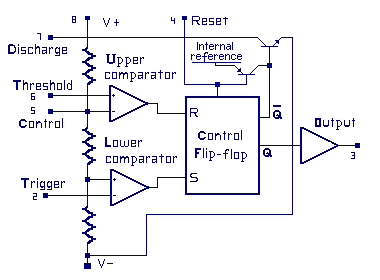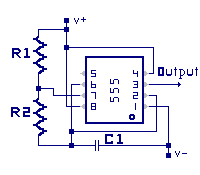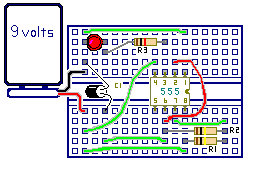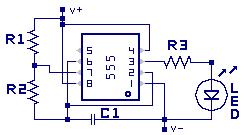
Introduction
Chapter 1 - Electricity
Chapter 1.2 - The Numbers
Chapter 2 – Sharing and Bonding
Chapter 3 - Voltage
Chapter 3.2 – Voltage Static
Chapter 3.3 - Batteries
Chapter 3.4 – Solar - Others
Chapter 4 - Resistance
Chapter 4.2 – Parallel Resistance
Chapter 4.3 – Voltage Dividers
Chapter 5 - Semiconductor
Chapter 5.2 - PNP NPN Junctions
Chapter 6 – AC and Hertz
Chapter 7 - Magnetism
Chapter 7.2 - Inductors
Chapter 8 - Capacitor
Chapter 9 - IC's and OP-AMP's
Chapter 9.2 - Feedback, Unity Gain
Chapter 9.3 - Non-inverting Amplifier
Chapter 9.4 - Inverting Amplifier
Chapter 10 - 555 Timer
Chapter 10.2 - 555 Timer- Part 2
Chapter 11 - Logic
Chapter 12 - The Power Supply
Chapter 12.2 - More on Power Supplies
|
|


 Go to the work bench.
Review the
Resistor Color Code chart and wire up the kit as described. Perform the lab,
and record your results.
Go to the work bench.
Review the
Resistor Color Code chart and wire up the kit as described. Perform the lab,
and record your results.

